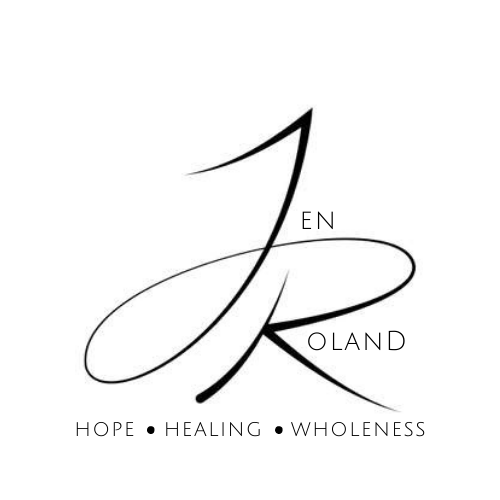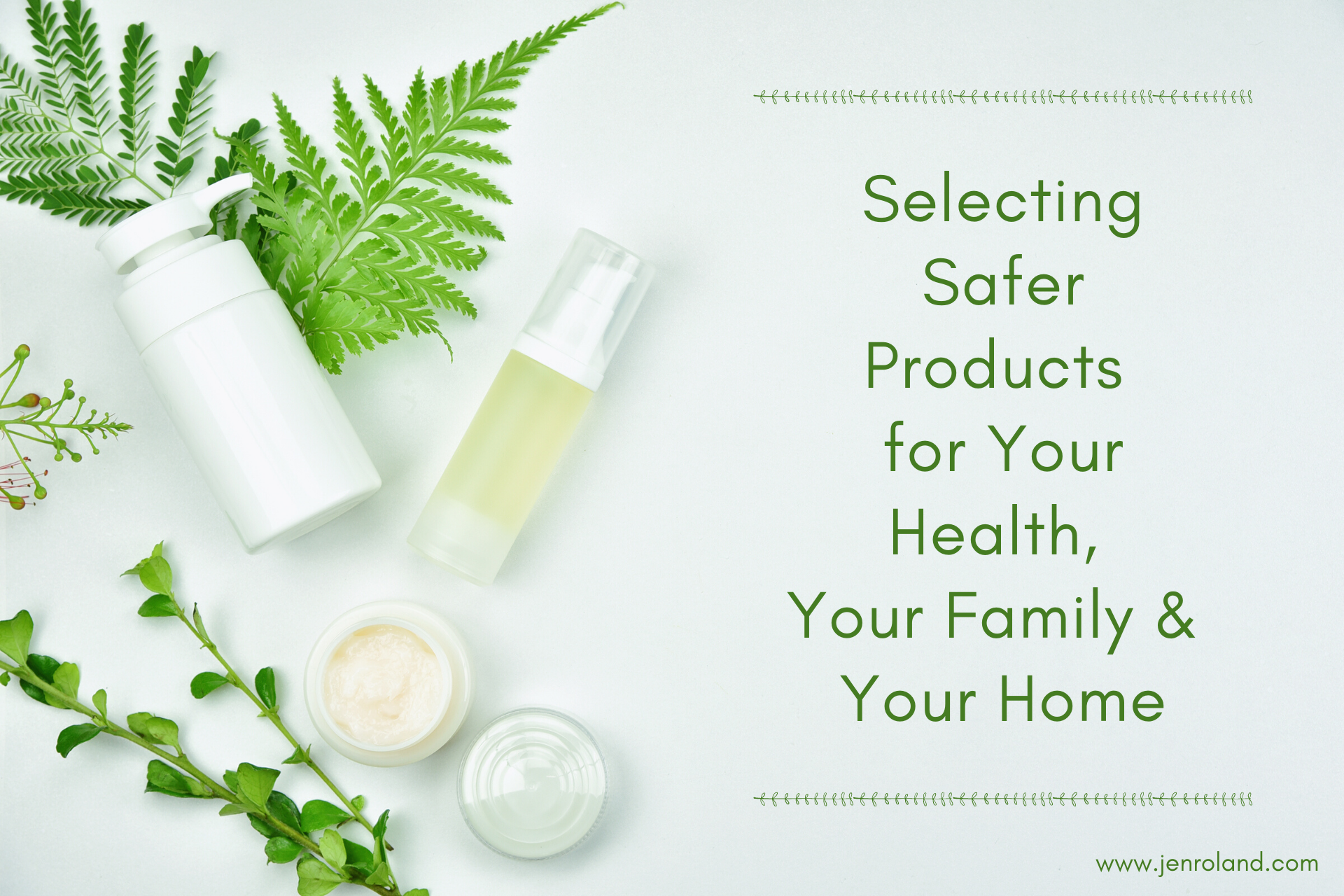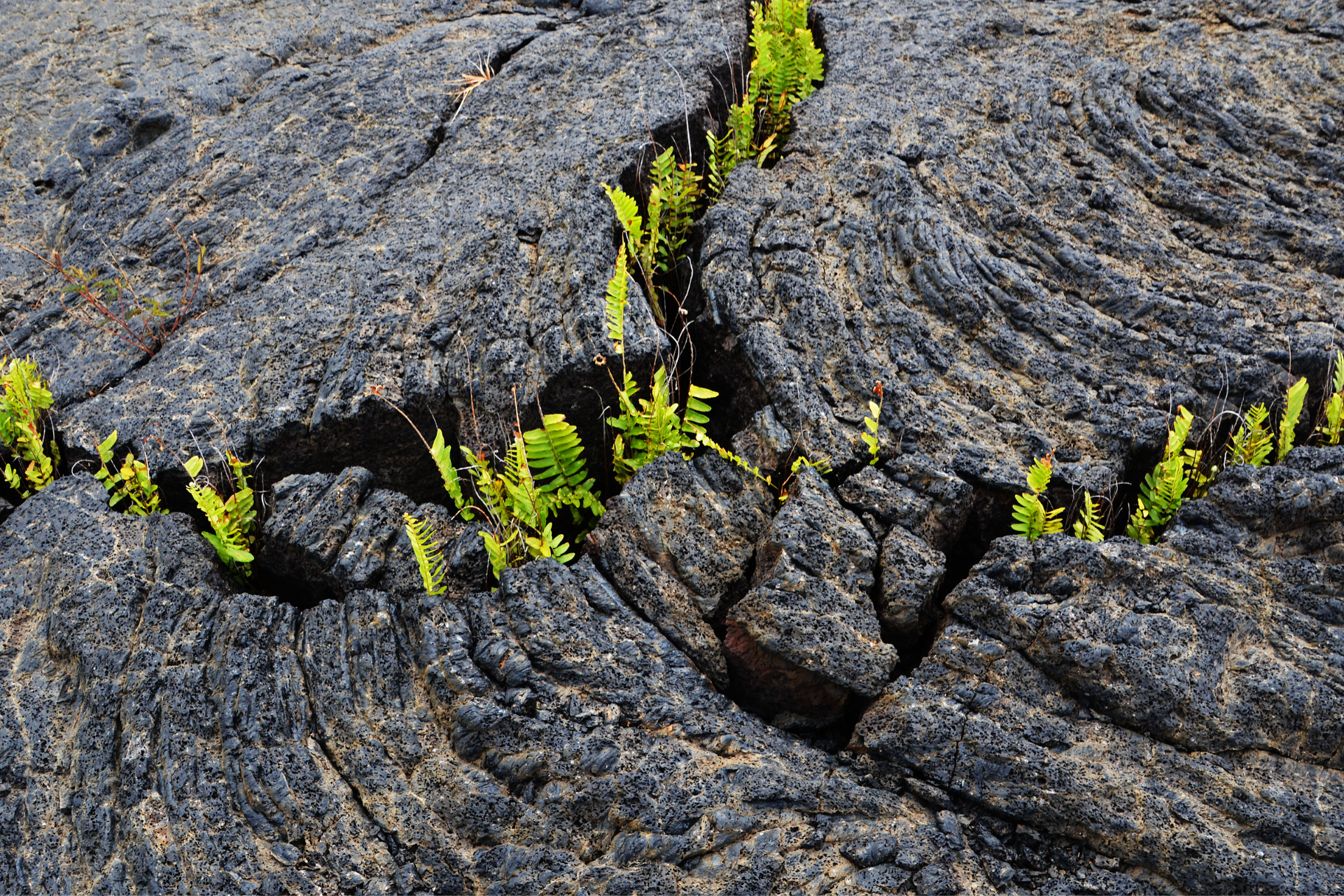by Kelly McMillen
Does your morning routine start at all like mine? Practically before my eyes are open, I stumble into the bathroom and brush my teeth. Next, I start the shower where I use shampoo, conditioner, and soap or body wash. Then I step out of the shower, wash my face, and apply moisturizer, eye cream, and my favorite anti-aging serum. I quickly swipe on my deodorant, body lotion, and lip balm, and maybe add a little perfume for a special occasion.
Before I’ve left the bathroom I’ve used twelve products, which puts me right in line with the average woman. (And that’s without any makeup, which – let’s face it – is most days.)
Up until three years ago, I never gave much thought to what was inside all those products and how they could be impacting my health.

I, like most women, was putting an average of 168 chemicals on my body each day. Chemicals that, it turns out, are linked not only to cancer, Alzheimer’s, endocrine disorders, fertility challenges, allergies and asthma, but also to weight gain, depression, acne, and more. Chemicals that are absorbed through the skin and into the bloodstream in as little as 26 seconds, and which can be stored in the body for years, causing adverse health effects.
When it was time for my adolescent daughter to move into an array of products such as deodorant, skin care, and more, I hesitated. Maybe it was because I had been around a few “crunchy” moms and had overheard just enough to be concerned. Maybe these products I was using on myself weren’t safe for me. Maybe they weren’t safe for my daughter. Could I find something better?
As a mom of three children, my interests in health and wellness followed the stages of my motherhood. When my babies first began solid foods, I learned about the importance of various whole foods and how to serve them in the most beneficial combinations. I became a label reader of every bottle, jar, and box that lined my pantry and fridge. I knew I didn’t want to feed them processed junk. But I had not given much thought at all to the labels of my personal care products. (Oddly, the lists of ingredients on processed foods do have some commonalities with personal care products, including Sodium benzoate, Polysorbate 80, and Propylene glycol. That last one is not only found in body lotion and salad dressing, but also in antifreeze! Hmm.)

The cosmetics industry in the United States is virtually unregulated. While over 1300 ingredients are banned from products in Europe, the United States bans just 11. That’s right – companies actually make different versions of their products for the European market, while only the more toxic versions are available right here in the U.S.!
But there’s more cause for concern – even the 1300 ingredients banned in Europe are barely the tip of the iceberg. Over 90,000 ingredients are used in personal care products, with only 5% having ever been tested for safety. (Would you fly with an airline that only tested 5% of its aircraft?)
You would probably think that manufacturers of personal care products and household cleaning products would be required to test their product formulas or show their ingredients are safe, but that’s not the case. Consumers are the test subjects, and unfortunately, products are rarely recalled. Historically, this has been after there has been significant injury or illness among consumers. Take the recent case of Johnson & Johnson, which paid out billions of dollars in damages to women who suffered from ovarian cancer linked to asbestos in their products, something the investigation revealed the company had known and concealed for decades.
Am I supposed to put my family’s health in the hands of these massive corporations that have clearly put profits ahead of people… for decades?
When I began my search for safe products, I was surprised by how many brands appear to be healthy and “clean,” but actually aren’t. I quickly learned that there is a vast difference between a product’s marketing and its ingredients. Terms like “natural,” “non-toxic,” “plant-based,” “sensitive,” “green,” even “organic,” are buzzwords. These are not legally defined within the industry, and they are often used to promote the product to an increasingly savvy consumer who knows about a few things to avoid. That was me.
Brands promoting that they are “made without” parabens, sulfates, and phthalates are gaining popularity. “Fragrance free” is another term that has become the holy grail for an increasing number of consumers who have realized a connection between their products and their asthma, eczema, migraines, and other health conditions.
There is a term for this: greenwashing. Greenwashing is an attempt to appeal to the growing demand for safe, clean and environmentally sound products. Companies create a false impression that their products are cleaner, more “natural”, safer, or more environmentally sound, but don’t have ingredients or factual data to back it up. And it’s lucrative for companies: Clorox purchased Burt’s Bees, and Colgate-Palmolive acquired Tom’s of Maine, showing how important it is for these big companies to have these “green” brands in their portfolio. As long as these brands continue to be profitable, there will be no compelling reason for companies to change their deceptive greenwashing practices.
Numerous chemicals often appear on the ingredient list beyond the few which may be specifically mentioned on the product’s marketing as being excluded. What’s worse, many household products and online beauty brands do not even make their complete ingredient list available or easy to find. I have come across so many products where the online description only includes “featured ingredients,” the ones they are most proud of, and the full ingredient list is either buried or not available.
“Fragrance” on the ingredient label is not a single ingredient, but a legal way to avoid disclosing potentially hundreds of harmful chemicals, owing to a nearly 100-year-old law protecting this chemical cocktail as a trade secret. Even the lovely-sounding “fragrance free” often signals the fact that masking fragrances have been used – chemicals that hide the unpleasant smells of other chemicals.
Many ingredients are subject to contamination by carcinogens such as 1,4 dioxane. Manufacturers do not need to test for the presence of such contaminants or disclose them.
Preservatives are an area where nearly every manufacturer compromises on ingredient safety, even those so-called “organic” ones. The need to preserve a product for years in warehouses and on big-box-store shelves compels manufacturers to preserve their product the only way they know how – with cheap and toxic ingredients. Manufacturers will argue that their use in individual products is in small enough amounts so as not to be harmful; but considering how many products the average person applies, day after day, the exposure becomes much more significant. Not only do these chemical preservatives potentially cause harm, but they may also destroy any beneficial ingredients the product may contain.
The average person would rarely know what all those ingredient names mean (even if they do happen to be an organic chemist), and the consumer becomes unwittingly misled and easily harmed.
Honestly, I felt overwhelmed. Outraged. This system is broken. What could I do?

I could make my own products. I went there for a while. The internet served up one concoction after another, each requiring different raw ingredients, which I’d need to source and find the best price and quality…again, how would I really know? I thought I was overwhelmed before, and yet this was a new level. Three little kids to raise, healthy meals to prepare, school to oversee…there was no way I’d be able to sustain this. I got as far as making one product…bar soap. I knew my kids would be grown and gone before I got to making many more products our household needed. I also tried making my own laundry detergent for a while, but other than earning the street cred of a DIY mama, I did a little digging into the raw ingredients and concluded it probably was not any safer for my family.
I had heard of apps like Think Dirty and databases like the Environmental Working Group (EWG) SkinDeep that promise clarity to a confused consumer. Yet, I discovered that these are problematic for a number of reasons. Companies can pay a fee to receive and license the “EWG Verified” seal, to be featured by them, and for product placement in their advertising. Shockingly, EWG also rates known carcinogens (like glycols) the same as orange essential oil – because essential oils can be allergens to the wrong person – which is not the same as toxic. There are also data gaps with ingredients which are scored as “safe” because of less data. Really? After what I’ve seen, no news isn’t good news when it comes to this industry.
At last I discovered one company (out of countless I had sought out) that makes a full line of truly toxin-free products. They are the real deal…a full line of products including skin care, hair and body, kids, baby, pet, and household, that are guaranteed to contain zero harmful ingredients. They’re not just “safer,” but truly safe. Made in the USA, in Rhode Island, at their very own pristine USDA Organic manufacturing facility. They have complete control over their supply chain and every ingredient is carefully vetted even down to the soil in which it was grown. Made fresh, in small batches, shipped directly to homes all over the country. Every product is gluten free, non-GMO, and they’re completely transparent on the source and purpose of each and every ingredient. I was thrilled at the discovery. But would they work?

For my entire adult life I had been spending a lot of money on pricey brands of skin care and other products. And yet now I knew that not only were they were loaded with harmful ingredients but also, despite their cost, I was dealing with acne that was never under control except with harsh treatments that left my skin dry and itchy. For decades I had been addressing my acne and neglecting the signs of aging, leaving me with a dull skin tone and an increase in fine lines, especially around my eyes. I looked tired all the time. On a seemingly unrelated note, I had struggled with my weight for years, despite eating a mostly healthy diet.
I was hopeful. I decided to road-test the product line before giving it to my daughter. I switched everything at once and eliminated all toxins from my personal care routine. I’m talking my skin care, shampoo, hair care, shower gel, deodorant, household products. All of it. I gleefully tossed the bottles that contained mystery synthetics and harmful fragrances. I wasn’t even concerned with “using them up” for the sake of saving money. Saving my health was more important.
Unbelievably, over the next six months, I lost 13 pounds. I had not made any other changes during those six months, and I had been trying to lose weight for a decade. It sounds crazy, and at first I didn’t make the connection because it took me a little while to find the science that made sense of this for me, but it’s out there. Obesogens are a class of chemicals that are stored in the body and are responsible for our body’s inability to lose weight. I admit that I laughed when I first heard the word, but it’s no laughing matter. Obesogens come from engineered food, from the environment (such as plastics), and from personal care products. They accumulate in the body and they are difficult for the body to eliminate. So, it’s not only plausible, but actually very likely, that when I detoxed all of my products, my body was able to shed those pounds. I am still floored by this, and I am a bit obsessed with making this more widely known – the fact that I could simply change my products and redirect the whole course of my health! Compared to diet and exercise, it was one of the easier changes I could make. And it was just the beginning of my health journey, as I would go on to detox my food and further improve my health.
I’ve learned something else about our skin: like our gut, it has a microbiome. Billions of flora live on our skin and serve as a first line of defense against pathogens and aging. Most products destroy the skin’s microbiome with harsh chemicals and preservatives, leaving it vulnerable to damage. But because this line of products is completely free of toxins, this company actually developed a proprietary preservation system that no other company is using, allowing them to preserve the product with beneficial ingredients and no harsh preservatives. And, their skin care is formulated with pre- and probiotics to feed and strengthen the skin’s vital microbiome. The result is that the signs of aging can not only be stopped in their tracks, but can even be reversed…all without harmful chemicals.

Here are a few of my favorites:
- Skin care bundle with pre and probiotics: Seven products (most lasting 3-4 months) which will give you the best skin of your life. Your skin is fresh, clean, hydrated, smooth, calm. Cleanser, toner, moisturizer, night serum, exfoliator and charcoal mask, along with the standout eye cream that contains a patented ingredient that is clinically proven to lift the eye area with many noticing results within minutes.
- Hyaluronic Acid: Don’t let the word “acid” scare you! My favorite anti-aging serum contains a protein found naturally in our skin as babies (think of those plump baby cheeks) that diminishes in adulthood. This binds and retains moisture in the skin, thereby firming, toning, and minimizing fine lines. It’s the company’s best seller for a reason: most people add it on to the skin care bundle for optimum results.
- Deodorant: Ditch the ones containing aluminum. They block your body’s ability to perspire and eliminate toxins, while applying a known neurotoxin to one of the most absorbent areas of your skin. The switch to a natural deodorant can be tricky: if you’ve been blocking those sweat ducts for a long time, your body will need to detox, which may cause a short period where odor is worse, as well as regulate the amount of perspiration. Reach out to me for some tried-and-true suggestions on making the transition. Be patient and persevere…your health is worth it!
- Master Blaster: My go-to laundry stain remover, this spray smells like a day at the spa, and tackles even set-in stains, blood, red wine, spaghetti sauce, and more. I never panic when my kids spill food on their nice clothes anymore, now that I have this mighty solution in my arsenal. Powered by enzymes, rosemary, and lemon essential oils, it is also a must-have for deodorizing and freshening sofas, dog beds, smelly shoes, garbage cans, diaper pails, and so much more.
- Laundry Detergent: A single product with the opportunity to dramatically reduce your toxic exposure, since conventional detergents build up on your clothing leaving your skin in constant contact with harmful chemicals. Ours is scent-free, suitable for high-efficiency and all washer types, and clothes are incredibly clean.
Fast forward to today, three years later, and my skin is totally clear, glowing and healthy. Unbelievably, it looks better than it’s ever looked, without makeup, and I consistently hear that I look younger than I used to. My road test was a success, and my daughter is now treated to this skin care as well, along with her own set of toxin-free shampoo, conditioner, deodorant, toothpaste and more.
Our bodies are so complex and robust. I believe we can be good stewards of them when we seek time-tested ways of caring for them – avoiding harmful engineered ingredients and seeking beneficial, nourishing ones; not only in our food but also in our personal care and cleaning products.
Call to Action: What’s one healthy swap you can make in your personal care or cleaning products? For more information about the products mentioned in today’s post, reach out to Kelly at purewithkelly@gmail.com.

About the Author: Kelly McMillen is a wife and mother of three living in Maryland, who has extensively studied the world of personal care products over the past three years and consulted with families on selecting clean products. She is happy to help you review your current products and send you a complimentary pocket guide of ingredients to avoid, which is a helpful resource when shopping or reviewing your products. To contact Kelly, email her at purewithkelly@gmail.com.






3 thoughts on “Selecting Safer Products for Your Health, Your Family, & Your Home”
This is something that I also started thinking about as my girls grew older. Deodorant was a big one for me and it has been tough to find something without harmful ingredients. I love Kelly’s suggestions here.
I agree it is often tough to find products that are free from harmful chemicals. I’m going to be ordering a few products from Kelly and will post more information in our private group in case you are interested too!